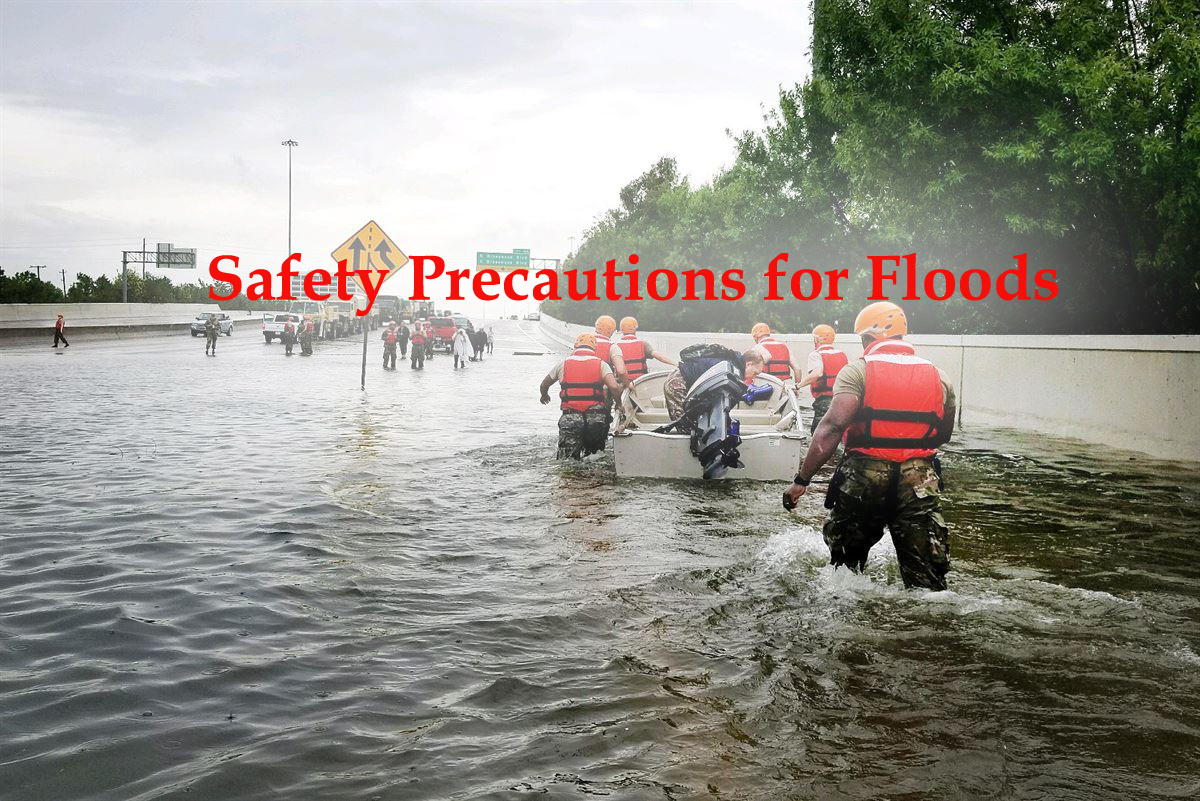Flash Floods: Understanding The Dangers And How To Stay Safe

Table of Contents
Understanding the Dangers of Flash Floods
The Power of Flash Flood Waters
The destructive force of flash flood waters is immense. Rapidly moving water carries significant kinetic energy, capable of sweeping away vehicles, homes, and even large structures. The force of the water, combined with the debris it carries (trees, rocks, cars), creates a highly dangerous and unpredictable environment.
- Property destruction: Flash floods can completely demolish buildings, leaving behind nothing but rubble.
- Infrastructure damage: Roads, bridges, and utilities are frequently damaged or destroyed, disrupting essential services.
- Loss of life: Sadly, many fatalities occur due to drowning or being struck by debris carried by the floodwaters.
- Driving through floodwaters: This is extremely dangerous. Even a few inches of water can cause a vehicle to lose control, leading to entrapment or electrocution due to submerged power lines.
Predicting and Monitoring Flash Floods
Predicting flash floods with precision is challenging due to their rapid onset. However, staying informed is crucial for increasing your safety.
- Weather alerts: Pay close attention to weather forecasts and alerts issued by your local meteorological services. Flash flood warnings should be taken very seriously.
- Rainfall levels: Monitor rainfall levels in your area. Heavy rainfall in a short period is a major indicator of potential flash flooding.
- Local news and emergency services: Regularly check local news channels and the websites of your emergency services for updates and warnings.
- Weather apps and radar: Utilize weather apps and radar technology to monitor rainfall patterns and potential flood zones in real-time. Many apps provide specific flash flood warnings.
Vulnerable Populations and Locations
Certain groups and locations are particularly vulnerable to flash floods:
- Elderly: Reduced mobility and potential health issues can hinder their ability to evacuate quickly.
- People with disabilities: Physical limitations can make escaping a flash flood significantly more difficult.
- Low-lying areas: Areas situated in valleys, floodplains, or near rivers and streams are at higher risk of inundation.
- Geographic areas: Certain regions are inherently prone to flash floods due to geographical factors like steep terrain and intense rainfall patterns. Knowing your area's flood risk is essential.
Safety Measures During and After a Flash Flood
Preparing for a Flash Flood
Proactive preparation is key to surviving a flash flood.
- Emergency plan: Develop a detailed family communication plan, including designated meeting points and contact information.
- Emergency kit: Assemble an emergency kit containing essential supplies: water, non-perishable food, first-aid supplies, flashlights, batteries, medications, and important documents.
- Evacuation routes: Identify multiple evacuation routes from your home and workplace, considering potential road closures.
- Weather alerts: Sign up for weather alerts and emergency notifications through your local authorities or via mobile apps.
Actions to Take During a Flash Flood
Immediate action is vital when a flash flood warning is issued or you see rising waters.
- Higher ground: Move to higher ground immediately. Avoid seeking shelter in low-lying areas or near watercourses.
- Avoid floodwaters: Never attempt to walk, swim, or drive through floodwaters. The current can be deceptively strong, and hidden dangers lurk beneath the surface.
- Sturdy building: If evacuation is impossible, seek shelter in a sturdy building on higher ground.
- Turn off utilities: Turn off electricity, gas, and water to prevent further damage or hazards.
Post-Flash Flood Actions
After the floodwaters recede, there are still significant dangers and actions to take:
- Structural damage: Check for structural damage to your property. If unsafe, do not enter.
- Safe cleanup: Be extremely cautious when cleaning up. Floodwaters are often contaminated with sewage and hazardous materials.
- Insurance and emergency services: Contact your insurance company and report any damages to local authorities. Seek assistance if needed.
- Reporting damages: Report any damages to the appropriate authorities to help assess the overall impact and facilitate recovery efforts.
Conclusion
Flash floods pose a significant threat, capable of causing widespread devastation and loss of life. Understanding the dangers of flash floods and implementing a comprehensive preparedness plan is crucial for protecting yourself and your community. Having an emergency plan, knowing your risk level, and taking immediate action when a flash flood warning is issued are essential steps to minimizing risks. Don't wait for a flash flood to strike—take action today to learn more about flash flood safety in your area, create a family emergency plan, and be prepared for flash floods to protect your family and property. Being prepared for flash floods is the best way to ensure your safety and minimize the potential for damage.

Featured Posts
-
 900 Million Tariff Bite Apple Stocks Market Reaction
May 25, 2025
900 Million Tariff Bite Apple Stocks Market Reaction
May 25, 2025 -
 Escape To The Countryside A Comprehensive Relocation Guide
May 25, 2025
Escape To The Countryside A Comprehensive Relocation Guide
May 25, 2025 -
 The Practicalities Of An Escape To The Country What You Need To Know
May 25, 2025
The Practicalities Of An Escape To The Country What You Need To Know
May 25, 2025 -
 Royal Philips Announces 2025 Annual General Meeting Of Shareholders Agenda
May 25, 2025
Royal Philips Announces 2025 Annual General Meeting Of Shareholders Agenda
May 25, 2025 -
 Find Bbc Radio 1 Big Weekend 2025 Sefton Park Tickets A Step By Step Guide
May 25, 2025
Find Bbc Radio 1 Big Weekend 2025 Sefton Park Tickets A Step By Step Guide
May 25, 2025
Latest Posts
-
 Anatropi Stin F1 I Mercedes Den Endiaferetai Pleon Gia Ton Verstappen
May 25, 2025
Anatropi Stin F1 I Mercedes Den Endiaferetai Pleon Gia Ton Verstappen
May 25, 2025 -
 F1 I Mercedes Allazei Stoxoys O Verstappen Ektos Sxedion
May 25, 2025
F1 I Mercedes Allazei Stoxoys O Verstappen Ektos Sxedion
May 25, 2025 -
 Mercedes I Allagi Stratigikis Gia Tin Epomeni Sezon Tis F1
May 25, 2025
Mercedes I Allagi Stratigikis Gia Tin Epomeni Sezon Tis F1
May 25, 2025 -
 O Verstappen Den Einai Pleon Proteraiotita Gia Ti Mercedes
May 25, 2025
O Verstappen Den Einai Pleon Proteraiotita Gia Ti Mercedes
May 25, 2025 -
 Rising Tennis Culture In China Impact Of Top International Players
May 25, 2025
Rising Tennis Culture In China Impact Of Top International Players
May 25, 2025
